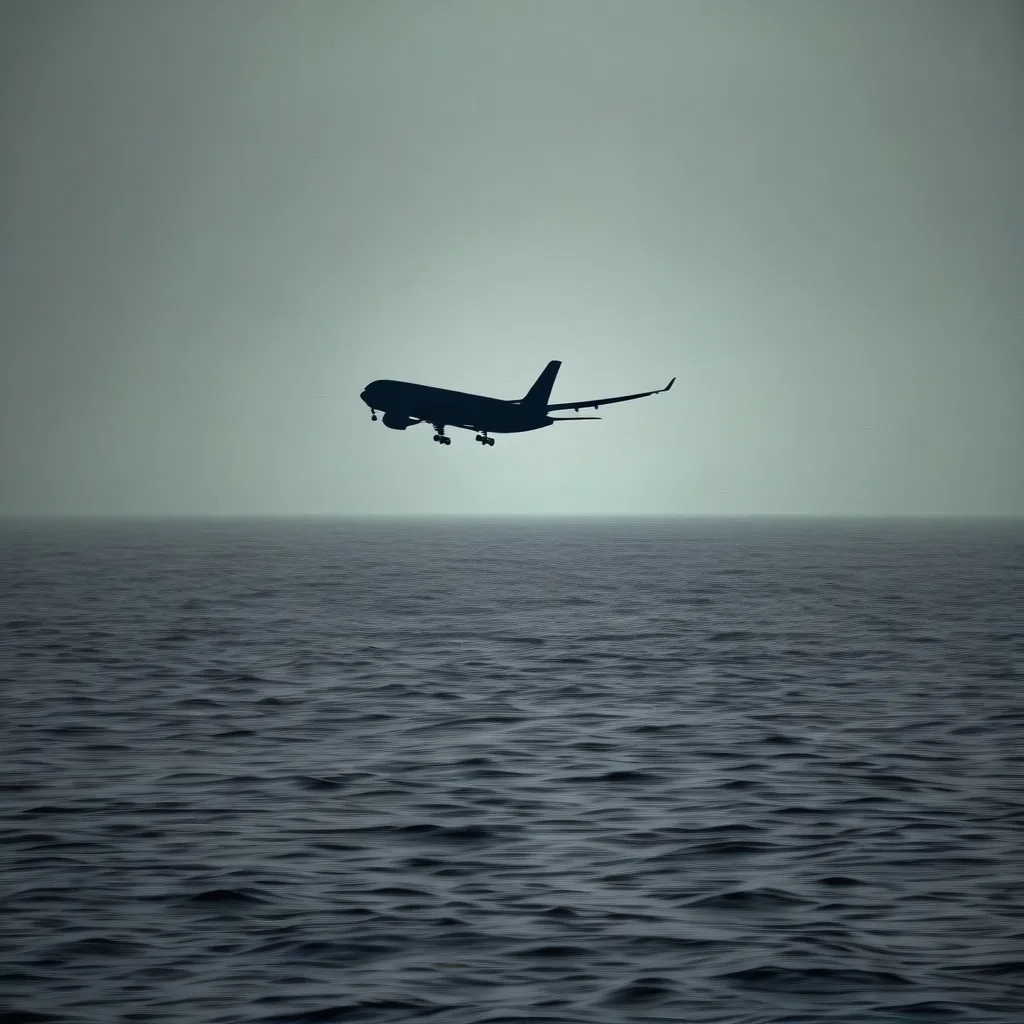On March 8, 2014, the world of aviation was rocked by a mystery that still puzzles experts to this day: the disappearance of Malaysia Airlines Flight MH370. This Boeing 777, with 227 passengers and 12 crew members on board, vanished into thin air shortly after leaving Kuala Lumpur for Beijing. Despite a decade-long search and countless theories, the truth about what really happened to the flight remains a mystery.
MH370 took off from Kuala Lumpur International Airport at about 12:41 a.m. local time. Twenty minutes later, the last radio transmission was made by the pilot to Kuala Lumpur’s air traffic control. The plane failed to connect with controllers in Ho Chi Minh City as it entered Vietnamese airspace. The aircraft’s transponder, which sends out its location, stopped working, and the plane was last seen making a sharp turn over the Andaman Sea before dropping off all radar screens.
The search for MH370 became one of the biggest and most extensive in aviation history. Initial efforts were centered around the South China Sea and the Andaman Sea. However, further satellite data suggested the plane might have flown on for several more hours until it ran out of fuel and possibly crashed into the southern Indian Ocean. Despite picking up signals that could have been from the plane’s black box and finding debris believed to be from the aircraft, like a confirmed flaperon on Reunion Island, the main wreckage has still not been found.
Over the years, many theories have come forward to explain the disappearance of MH370. One popular theory is the hijacking scenario. Some believe that someone on the plane intentionally redirected it, maybe the pilot or another individual on board. Captain Zaharie Ahmad Shah, the pilot, had reportedly practiced a similar route on his home flight simulator a few weeks before the plane’s disappearance, prompting some to speculate about a planned hijacking.
But not everyone buys into the hijacking theory. Many experts think it’s highly unlikely. For instance, the idea that passengers took over the plane’s flight computers doesn’t hold water. These onboard computers are typically for maintenance diagnostics and can’t control the plane while it’s in flight.
Another theory is that the plane suffered a serious mechanical failure soon after takeoff. This could mean issues like rapid decompression, fire, or explosion, pushing the pilots to make an emergency descent. But, regular inspections found no issues with the plane, and there were no distress signals or bad weather conditions reported that night.
Some theories dive into the mental health realm, suggesting the disappearance could have been a murder-suicide plotted by the pilot or someone else on board. Although there’s no report of any mental health issues for Captain Shah, a study did find that a good number of airline pilots deal with depression, which opens the door to such possibilities.
Despite the lack of solid evidence, the hunt for MH370 goes on. There’s talk about restarting the search with advanced tech from a U.S. marine robotics company, backed by the Malaysian government. There are also suggestions to use hydroacoustic technology to detect pressure changes in the ocean, which might point to the wreckage.
The tragedy of MH370 has had a big impact on aviation safety. The incident has sparked advancements in air travel safety rules, with new regulations soon requiring aircraft to have improved tracking devices. The goal is to ensure planes can be quickly and accurately located in emergencies, preventing such mysteries from happening in the future.
The human toll from MH370 is significant. Many families, who lost loved ones on that flight, are left with unanswered questions and a need for closure. The unresolved nature of this mystery drives ongoing efforts to find out what happened and improve aviation safety in the process. As the search continues, MH370 stands as a poignant reminder of the uncertainties and challenges inherent in air travel.
To wrap it up, the disappearance of Malaysia Airlines Flight MH370 is an enigma that still captivates and confuses the aviation community. Numerous theories have been floated, but none have stuck. With modern technology and persistent efforts, there is hope that one day, the truth will finally be revealed. Until then, MH370 remains one of the biggest unsolved mysteries in aviation history.






